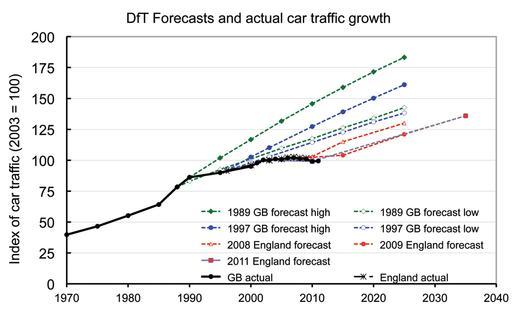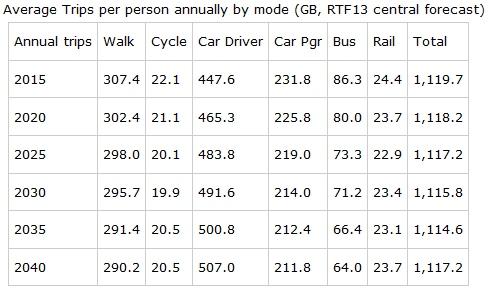- News
- Reviews
- Bikes
- Accessories
- Accessories - misc
- Computer mounts
- Bags
- Bar ends
- Bike bags & cases
- Bottle cages
- Bottles
- Cameras
- Car racks
- Child seats
- Computers
- Glasses
- GPS units
- Helmets
- Lights - front
- Lights - rear
- Lights - sets
- Locks
- Mirrors
- Mudguards
- Racks
- Pumps & CO2 inflators
- Puncture kits
- Reflectives
- Smart watches
- Stands and racks
- Trailers
- Clothing
- Components
- Bar tape & grips
- Bottom brackets
- Brake & gear cables
- Brake & STI levers
- Brake pads & spares
- Brakes
- Cassettes & freewheels
- Chains
- Chainsets & chainrings
- Derailleurs - front
- Derailleurs - rear
- Forks
- Gear levers & shifters
- Groupsets
- Handlebars & extensions
- Headsets
- Hubs
- Inner tubes
- Pedals
- Quick releases & skewers
- Saddles
- Seatposts
- Stems
- Wheels
- Tyres
- Health, fitness and nutrition
- Tools and workshop
- Miscellaneous
- Cross country mountain bikes
- Tubeless valves
- Buyers Guides
- Features
- Forum
- Recommends
- Podcast
 DfT forecasts and actual car traffic growth
DfT forecasts and actual car traffic growthCycling revolution ‘rolling backwards’ according to figures – car use to rise still further
Figures recently released by the Department for Transport (DfT) forecast more car journeys per person by 2040 with all other forms of travel seeing a drop. The statistics are however based on the National Transport Model (NTM), which has been widely criticised and accused of persistently overestimating future car use.
DfT are forecasting that the average number of annual trips per person by car will rise from 447.6 in 2015 to 507.0 in 2040 with cycle trips falling from 22.1 to 20.5. Oddly, passenger trips by car are also predicted to fall, implying that single occupant driving will become even more common.

The table above was provided in response to a request from Dr Julian Huppert MP, co-chair of the All Party Parliamentary Cycling Group, on behalf of CTC. Roger Geffen, Campaigns and Policy Director at CTC claimed the figures reflected poorly on the Prime Minister’s promised ‘cycling revolution’.
“These figures show the glaring mismatch between the Prime Minister’s aspiration for a ‘cycling revolution’ and the DfT’s predictions where the ‘revolution’ has failed to start and is even rolling backwards.”
The statistics are however based on the widely-criticised National Transport Model (NTM). Phil Goodwin, emeritus professor of transport at University College London, analysed NTM figures for a 2012 article in Local Transport Today and concluded that “for 25 years car traffic stubbornly refused to behave according to expectations”. The article featured the table below indicating successive downwards revision of the forecasts.

NTM figures also assume no change in government policy beyond that already announced. This means that the department’s Cycling Delivery Plan is not factored in as it is still in development.
So perhaps the picture isn’t quite so bleak. But writing on the CTC’s website last year, Chris Peck highlighted one particular danger. While the NTM is intended to be a guide, it is treated by policymakers as an inevitable outcome to be planned for.
“This is the 'predict and provide' approach that, in essence, is a self-fulfilling prophecy: your model predicts that car use will continue untrammelled, and further predicts huge congestion problems that might result. So, in order to prevent that congestion, you build new roads and plan new developments around everyone driving for 2/3rds of their trips and, decades later, hey presto: that's what happens!”
CTC’s Roger Geffen would like to see the Government taking a different approach.
“Public health professionals are flagging up an obesity time bomb. Big business is calling for investment in cycling. Now is the time for Government to provide the funding, leadership and ambition in their 10 year cycle plan that CTC has long been calling for.”
Alex has written for more cricket publications than the rest of the road.cc team combined. Despite the apparent evidence of this picture, he doesn't especially like cake.
Latest Comments
- Doctor Fegg 1 hour 10 min ago
Ah, British Cycling and the UCI. It's hard to think of two more universally beloved organisations. Thames Water and the National Rifle Association...
- Tom_77 1 hour 21 min ago
I blame the voters. They knew (or should have known) what they were getting.
- David9694 1 hour 47 min ago
Car hits stone wall and overturns in smash outside Wiltshire pub...
- chrisonabike 2 hours 21 min ago
Yes ... and people buy what's on sale. (You might have to look harder for something smaller)....
- wtjs 2 hours 42 min ago
We get these 'high action rate' claims all the time, with little or no evidence of what the action was. People are, of course, entitled to consider...
- Bungle_52 2 hours 56 min ago
Thank you. Can't say I've ever seen one but I will keep a lookout in future.
- chrisonabike 2 hours 58 min ago
Part of me hopes they don't waste the money. If past performance is any guide poor resurfacing (particularly around utility access points), "works...
- SimoninSpalding 5 hours 30 min ago
I have Cors N:ext on my summer bike, mainly because they do a 24mm, 25 is REALLY tight on rear brake clearance. I am not impressed with how the...
- chrisonabike 6 hours 32 min ago
However, the highway code revisions now provide more detail and the cyclist overtaking picture has been updated. e.g.:...
- eburtthebike 7 hours 19 min ago
And they were right. It says something about our society that people are prepared to put so much money and effort into opposing something as...
Add new comment
8 comments
And this says nothing about self-drive cars impact and eBikes - both of which will have transforming impacts and then even bigger is telecommuting.
You need way more authoritative guessing than what their dumb charts show. For example - figuring out how many people will be telecommuting for work, and that impact on weekly travelled miles, and hence commuting and exercise patterns.
I'm all for long term thinking and planning, but this is just pulling numbers out of a hat.
Surly the point is to start off with the numbers you want, then devise a plan to deliver?
Exactly, and I am sure the shareholders in Hanson, La Farge Tarmac, etc are perfectly happy with the model.
Exactly, and this is where we differ from counties who have great transport models. Decide what you want to acheive and design infrastrucure to deliver against these aims.
The DfT, consistently misinterpreting the data since 1978*
* May have made this up.
They're like financial analysts trying to figure out stock market movements; the good ones admit they're wrong.
Yet from the House of Commons report on cycling in June 2013 ;
http://www.parliament.uk/business/publications/research/briefing-papers/...
Obviously can't let some facts get in the way of the DfT car-centric traffic model.
Something else that isn't reflected in these forecasts is how we're living. Urbanisation is increasing, people are getting sucked back into our cities from the suburbs, reversing the trend of 40 years ago.
As a resident of London, I can see the building boom of new homes every day, and they're going UP, literally. Big tall buildings with very limited parking space. The demographics of the people buying those homes are the same ones that the car industry is having kittens over.
That change will filter through to transport, and politically that will probably mean an awful lot of voters wanting better public transport and fed up with traffic that is mostly produced by people that live outside the cities.
after 25years, if the results don't match the model you would think someone might have twigged the model was wrong....